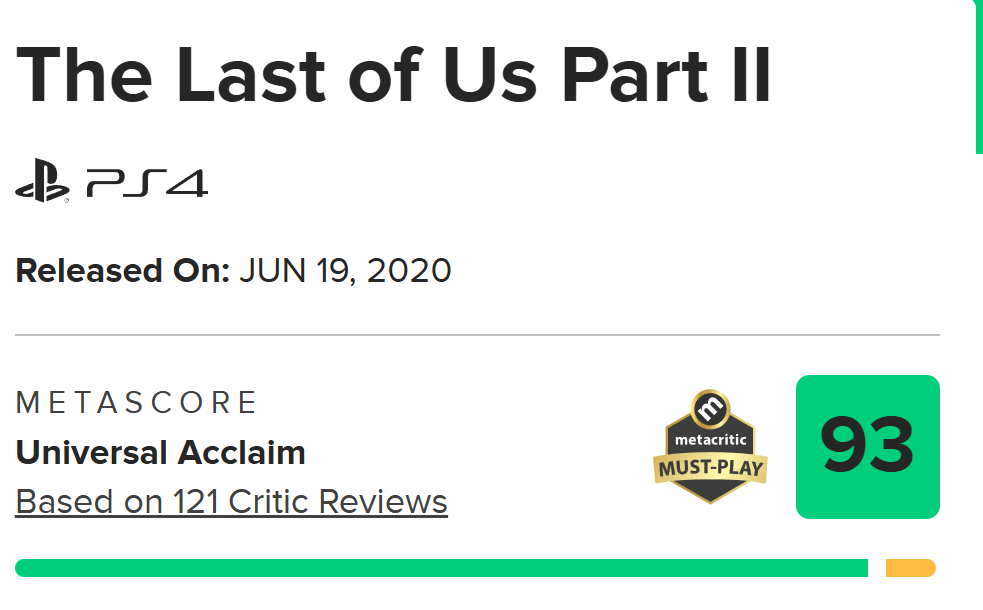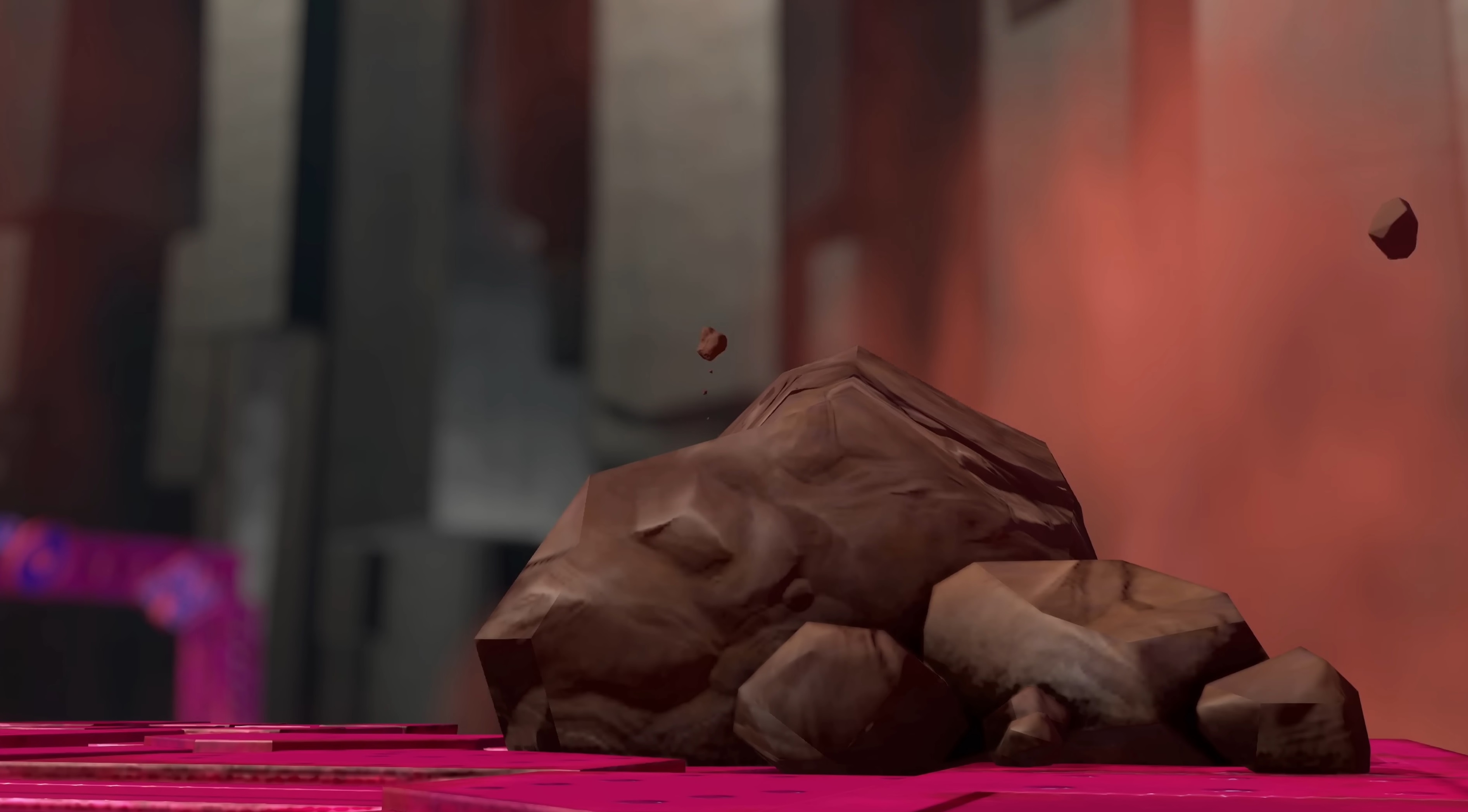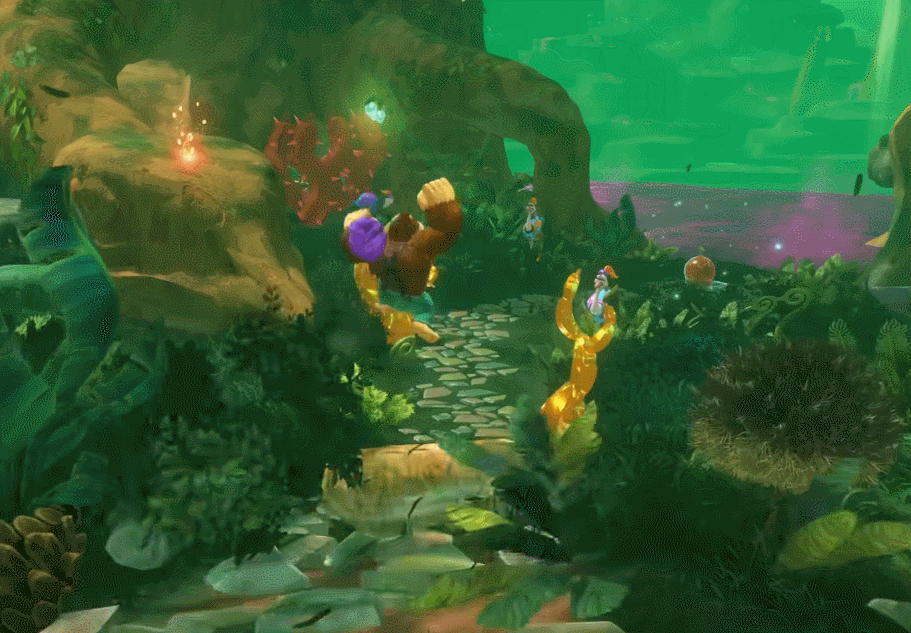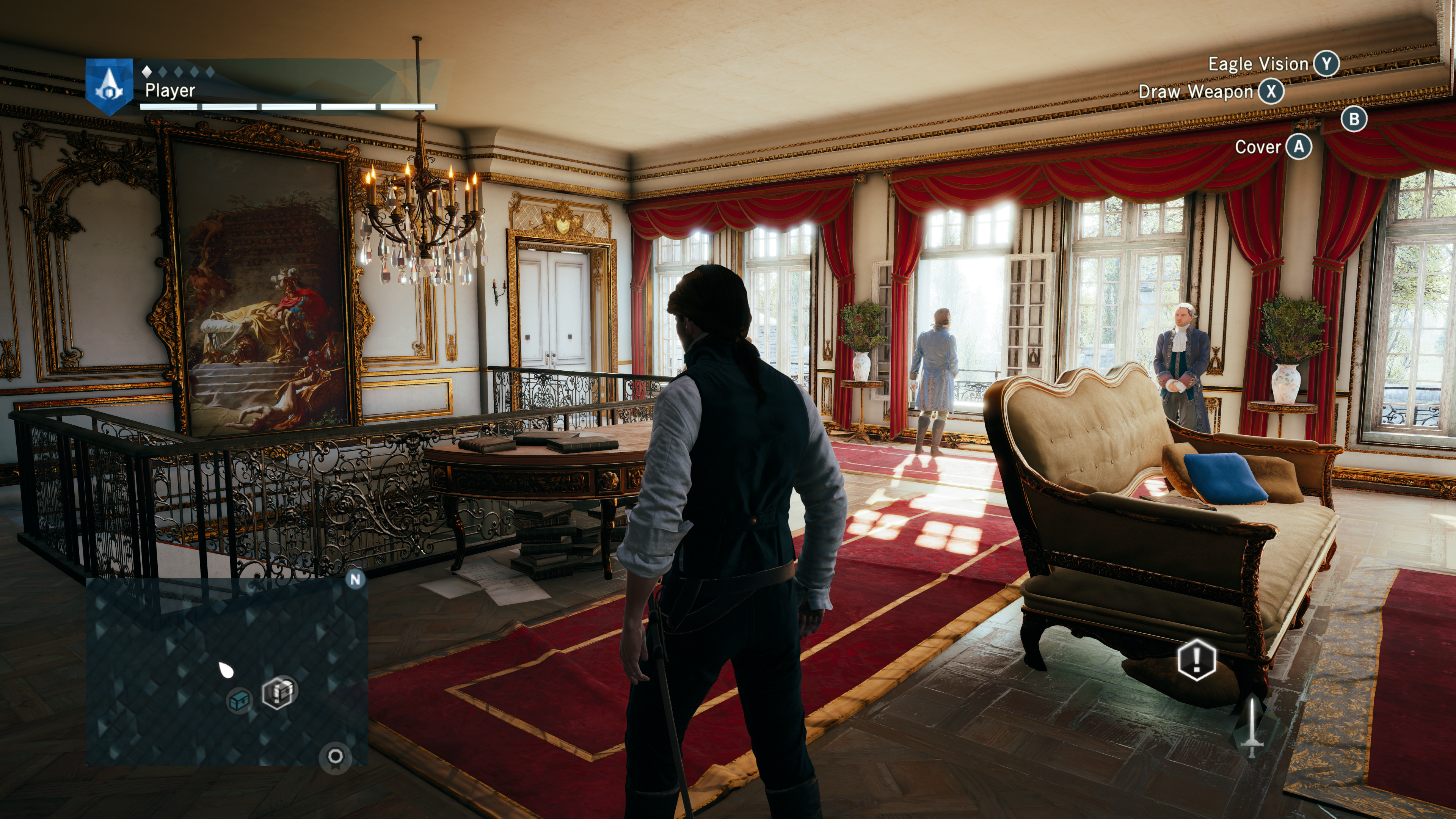Voxel technology

www.nintendo.com
Very fun read
Tanaka:
From a programmer's perspective, voxel technology is well-suited for creating gameplay centred around destruction. However, it also uses a lot of system memory, and we faced the challenge of Switch not having enough to support everything we wanted to do. I'll explain with some simple arithmetic. If you're asked to double the size of a 1 × 1 pixel image in both width and height, you end up with a 2 × 2 image, which means four times as many pixels. But when you do the same with voxels, you've got width and height, but also depth to contend with. So, doubling all three dimensions gives you 2 × 2 × 2, or eight times the data. It may sound simple to just "double something", but the reality is that memory usage, voxel density, and all kinds of processes end up gobbling up eight times the resources. It was clear that the memory available on Switch would struggle to handle that load, and we felt that manifesting the huge volume of terrain that we did in this game might have been unachievable on that platform. With the move to Switch 2, we gained not only more memory but also greater processing capacity. That gave us the freedom to incorporate gameplay ideas we'd previously abandoned because they were too demanding. When we got down to trying it, we discovered that not only could it handle the heavy processing requirements, but it also ran at 60 fps (10). Things we'd given up on, like explosions flinging large objects or causing them to collapse, were now possible. Designers could also place as many objects as they wanted. There were so many moments when we thought to ourselves, "Now we can really do this".
Tanaka:
Right. The technology that enables voxel-based shapes to appear smooth already existed, but we figured that if we were going to do it right, we should push the visuals to have a strong sense of realism. Of course, actually getting that to work took an obscene amount of effort from both the designers and the programmers.

















